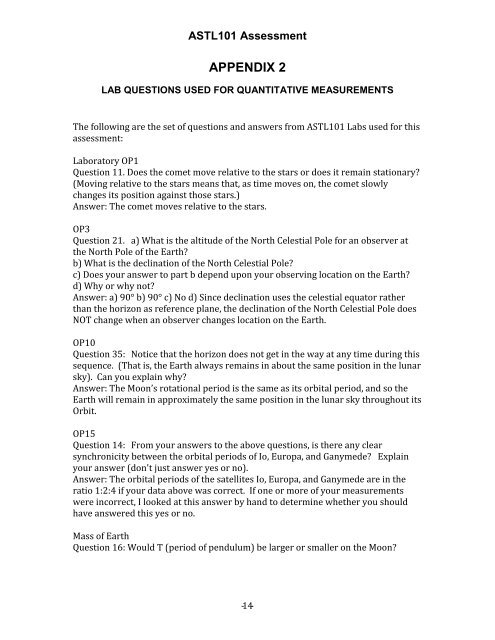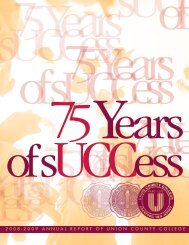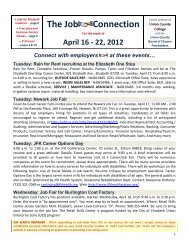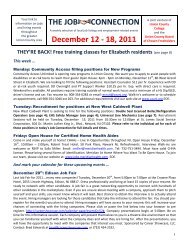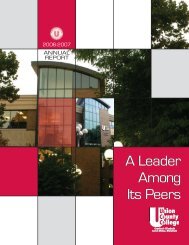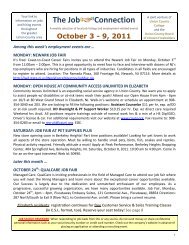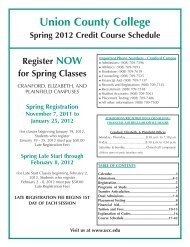Exhibit 147
Exhibit 147
Exhibit 147
Create successful ePaper yourself
Turn your PDF publications into a flip-book with our unique Google optimized e-Paper software.
ASTL101 Assessment<br />
APPENDIX 2<br />
LAB QUESTIONS USED FOR QUANTITATIVE MEASUREMENTS<br />
The following are the set of questions and answers from ASTL101 Labs used for this<br />
assessment:<br />
Laboratory OP1<br />
Question 11. Does the comet move relative to the stars or does it remain stationary?<br />
(Moving relative to the stars means that, as time moves on, the comet slowly<br />
changes its position against those stars.)<br />
Answer: The comet moves relative to the stars.<br />
OP3<br />
Question 21. a) What is the altitude of the North Celestial Pole for an observer at<br />
the North Pole of the Earth?<br />
b) What is the declination of the North Celestial Pole?<br />
c) Does your answer to part b depend upon your observing location on the Earth?<br />
d) Why or why not?<br />
Answer: a) 90° b) 90° c) No d) Since declination uses the celestial equator rather<br />
than the horizon as reference plane, the declination of the North Celestial Pole does<br />
NOT change when an observer changes location on the Earth.<br />
OP10<br />
Question 35: Notice that the horizon does not get in the way at any time during this<br />
sequence. (That is, the Earth always remains in about the same position in the lunar<br />
sky). Can you explain why?<br />
Answer: The Moon’s rotational period is the same as its orbital period, and so the<br />
Earth will remain in approximately the same position in the lunar sky throughout its<br />
Orbit.<br />
OP15<br />
Question 14: From your answers to the above questions, is there any clear<br />
synchronicity between the orbital periods of Io, Europa, and Ganymede? Explain<br />
your answer (don't just answer yes or no).<br />
Answer: The orbital periods of the satellites Io, Europa, and Ganymede are in the<br />
ratio 1:2:4 if your data above was correct. If one or more of your measurements<br />
were incorrect, I looked at this answer by hand to determine whether you should<br />
have answered this yes or no.<br />
Mass of Earth<br />
Question 16: Would T (period of pendulum) be larger or smaller on the Moon?<br />
- 14 -


